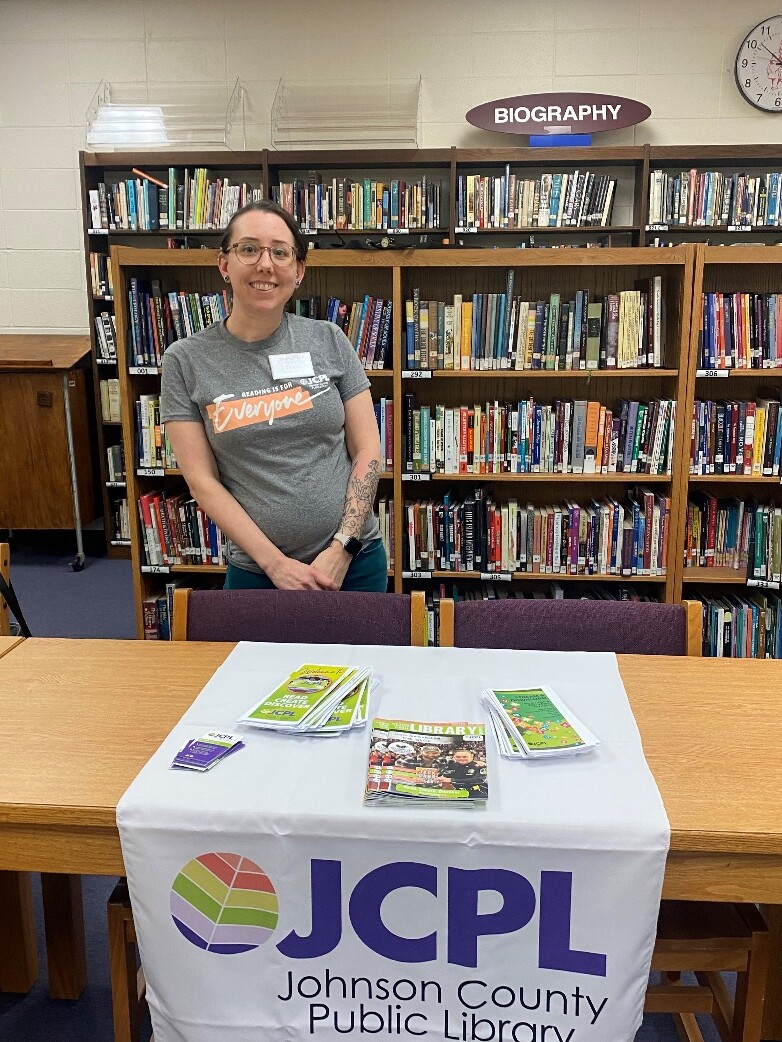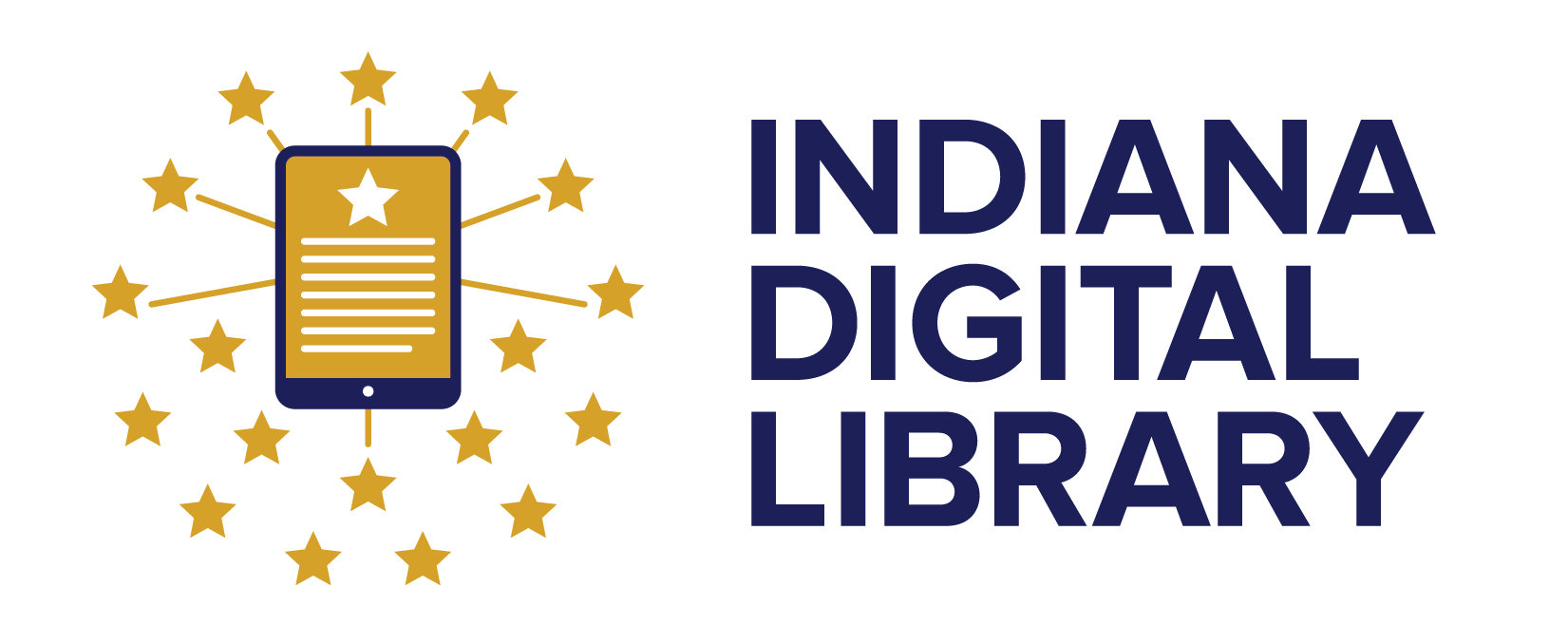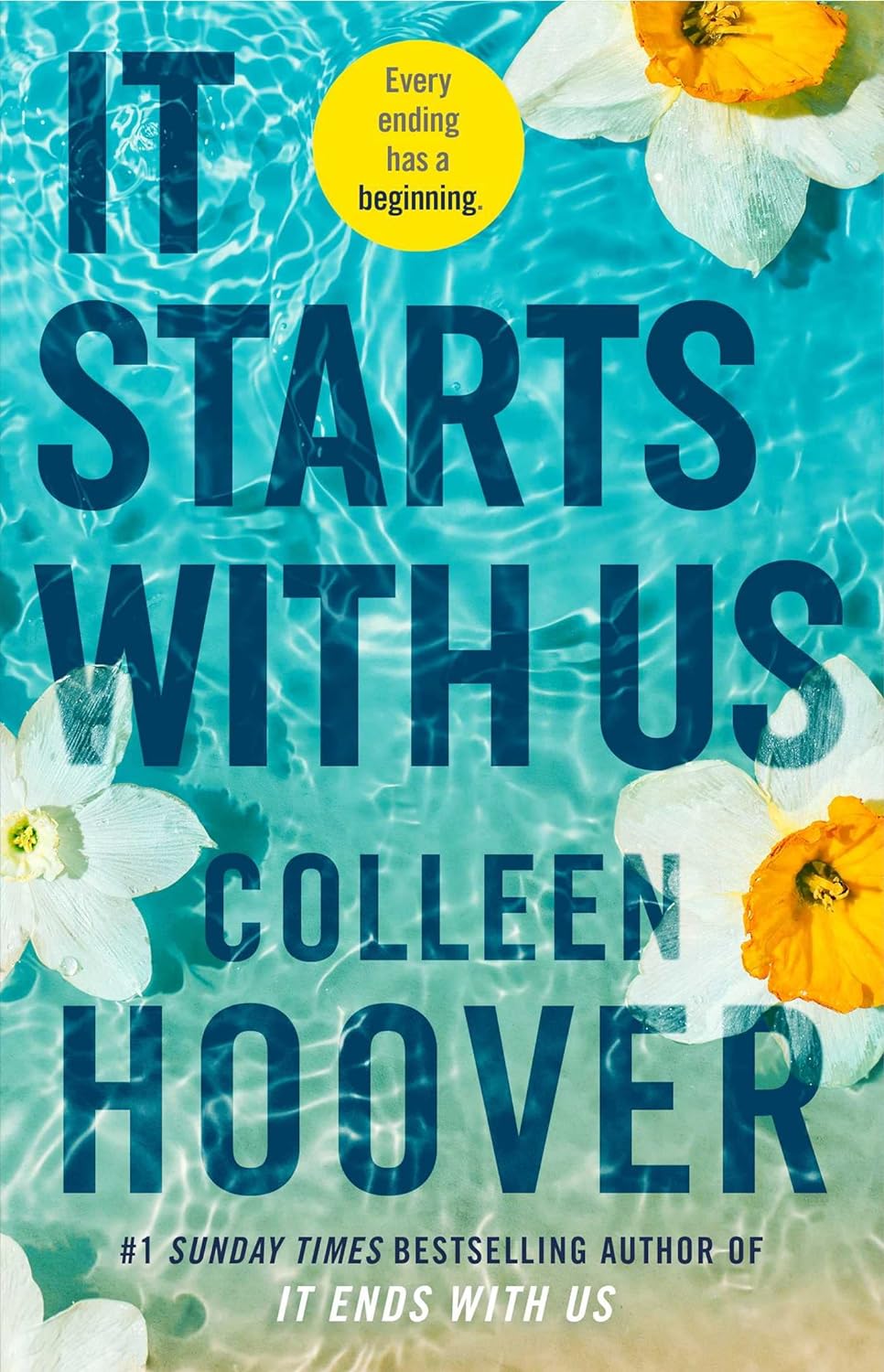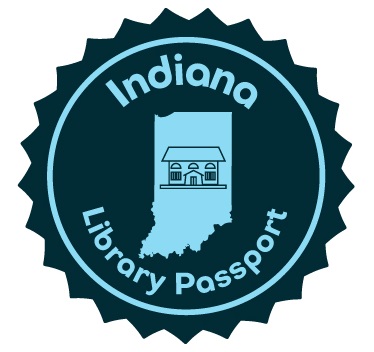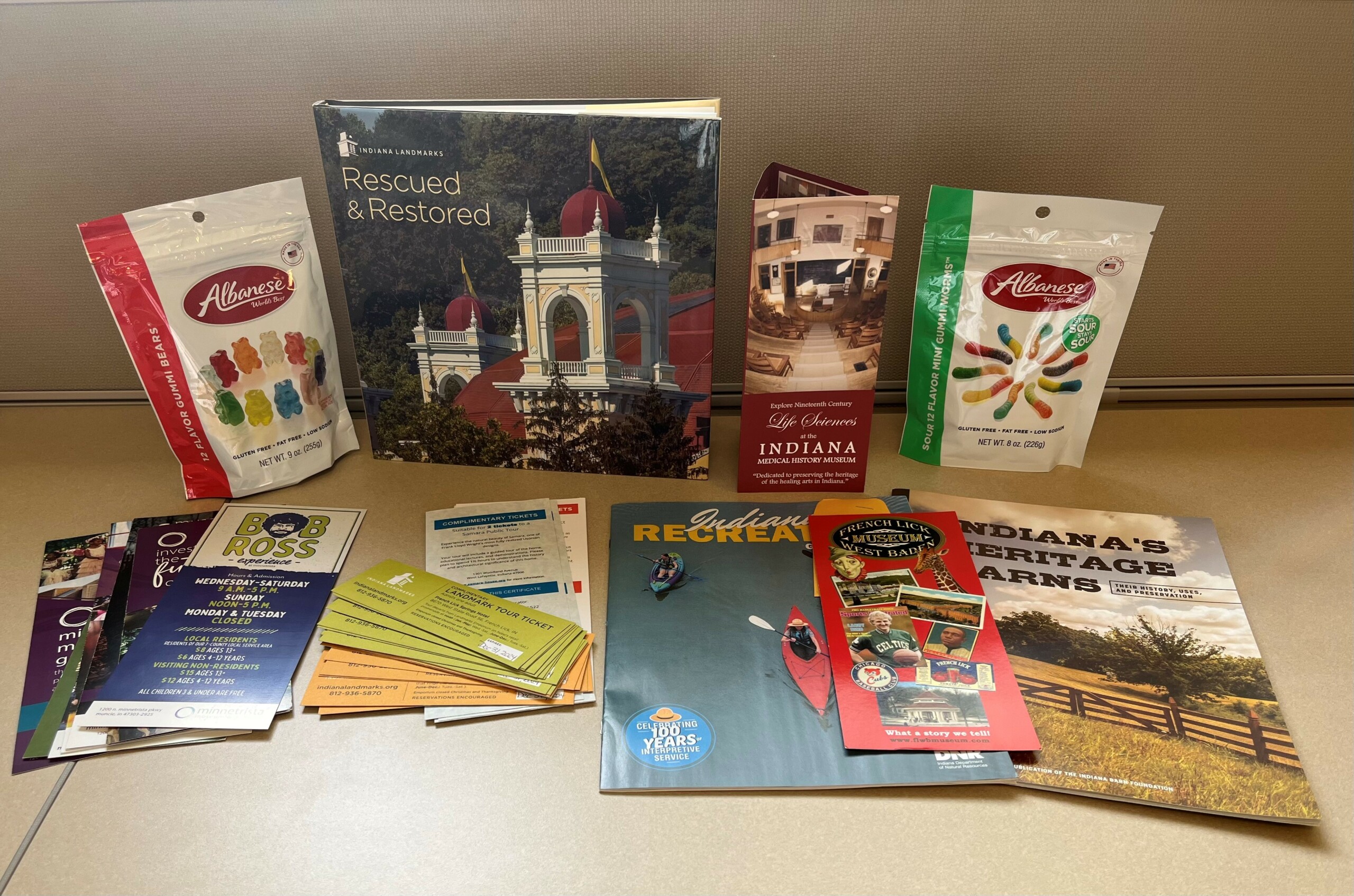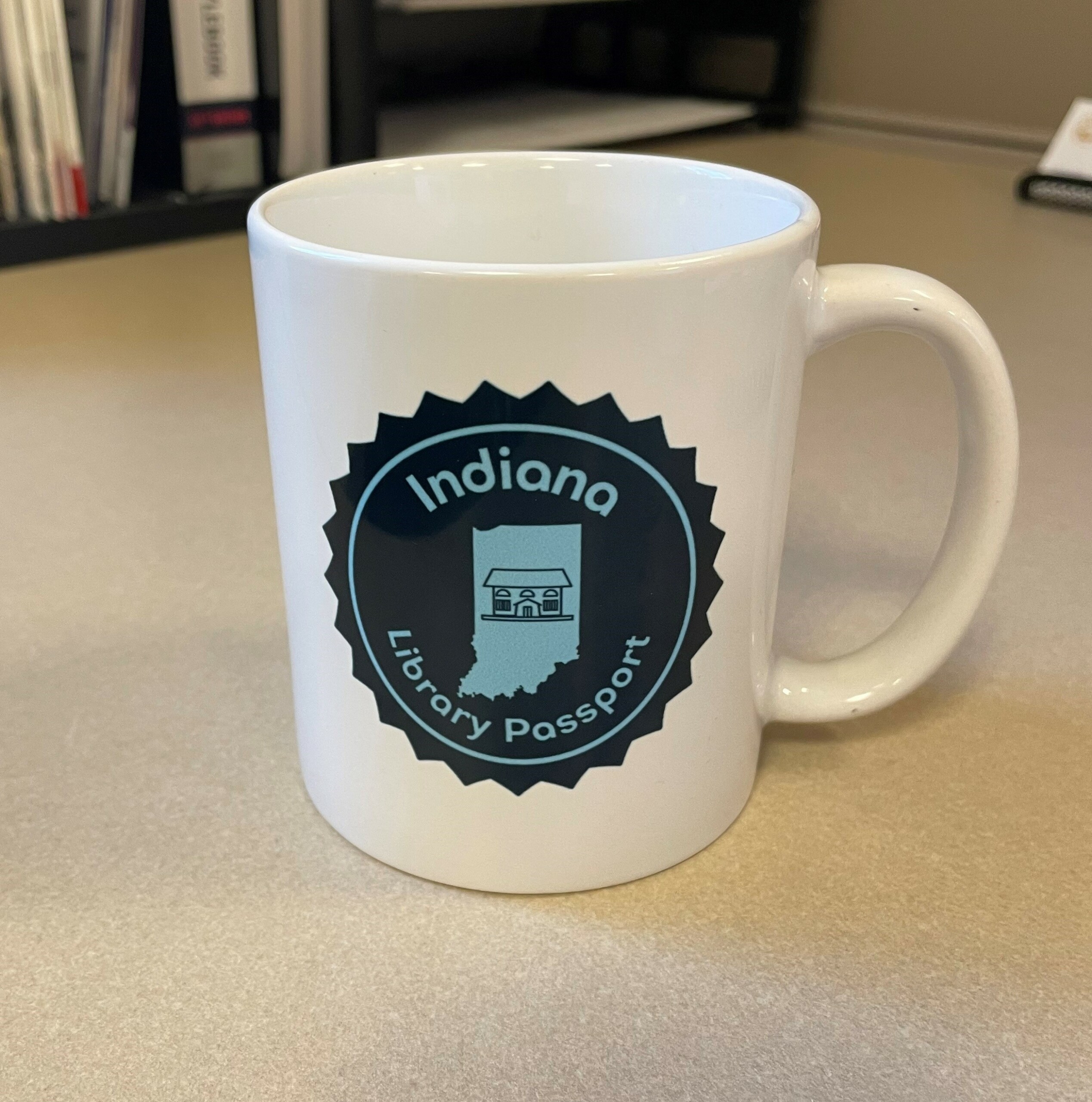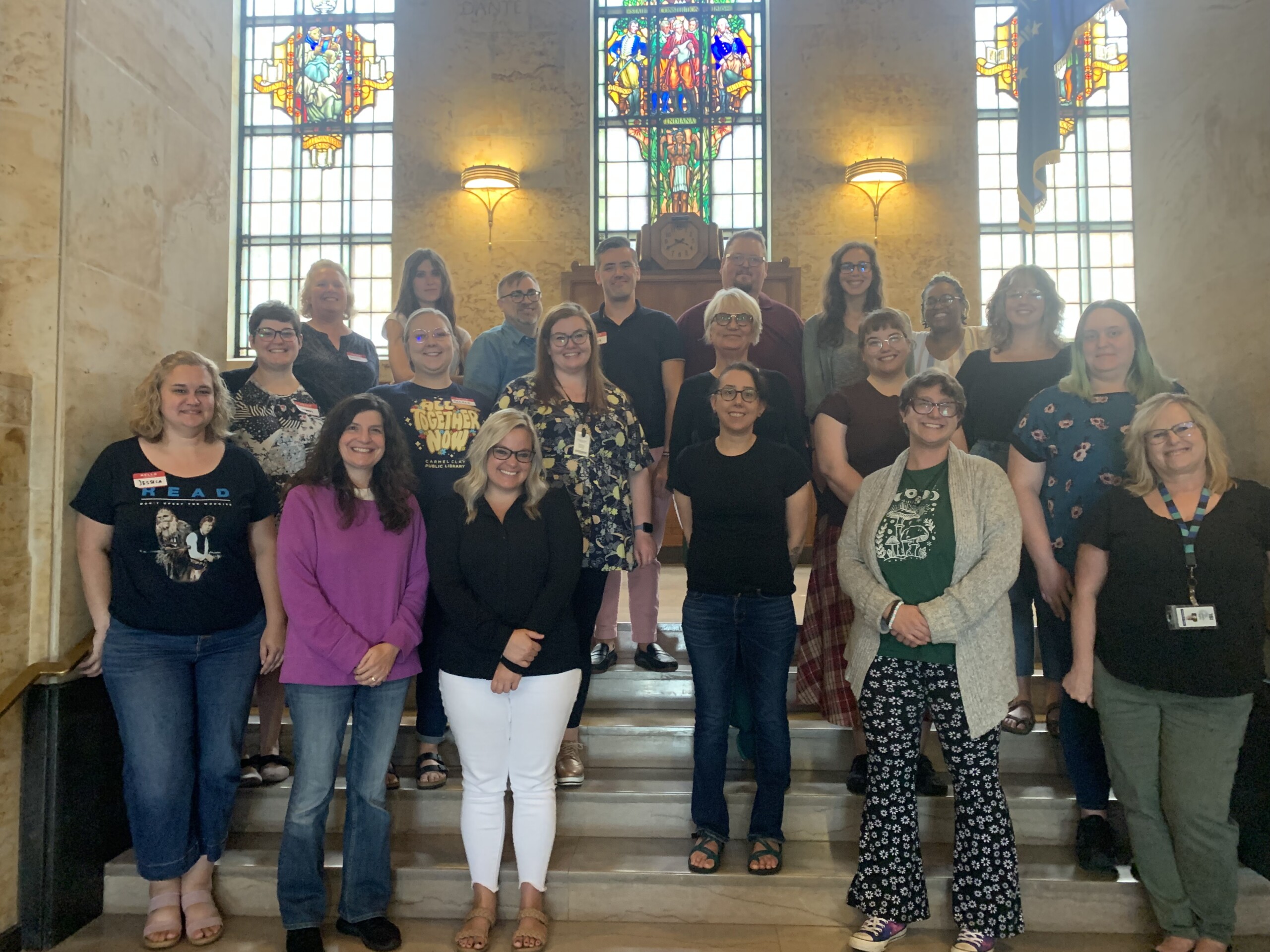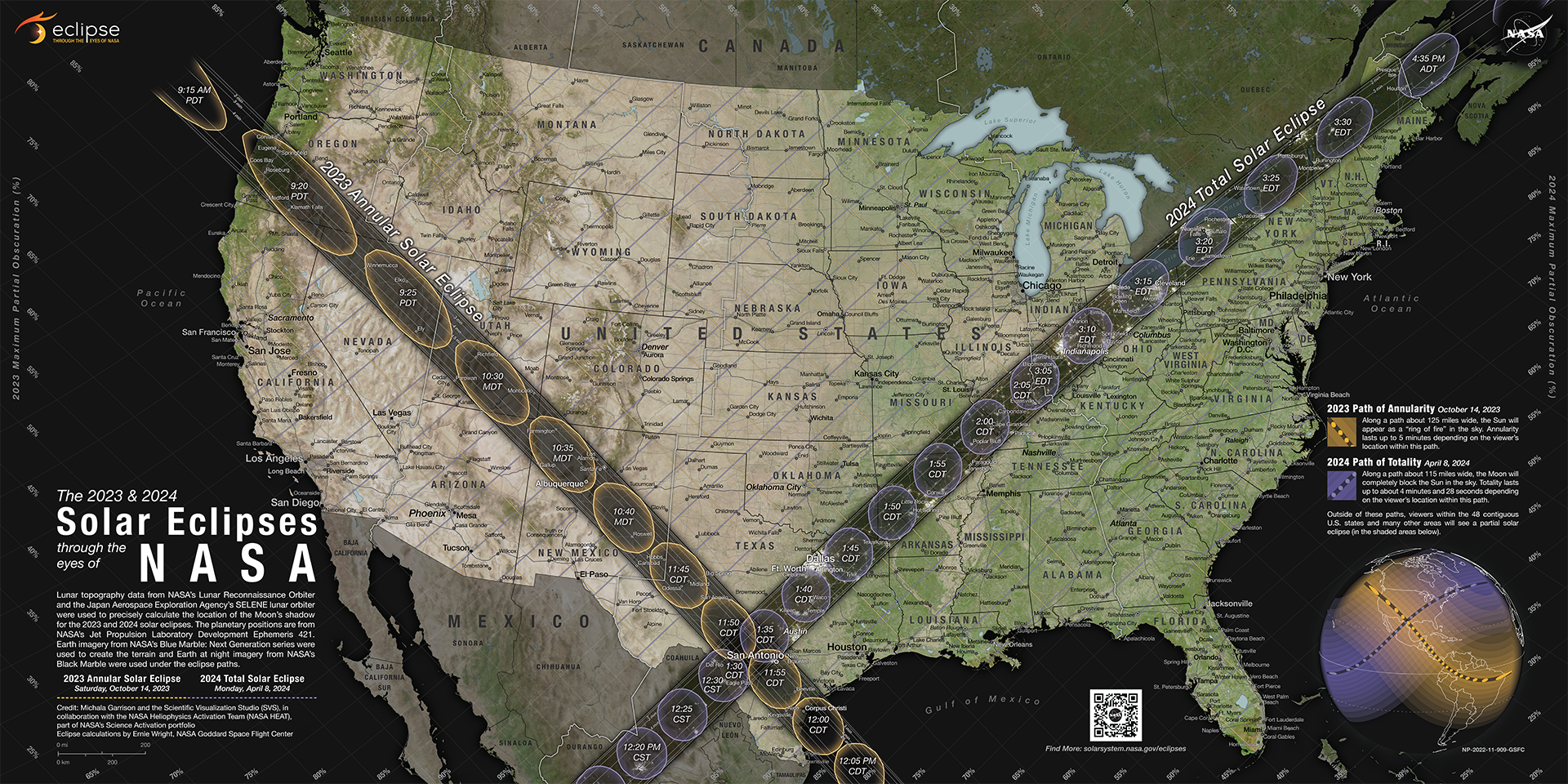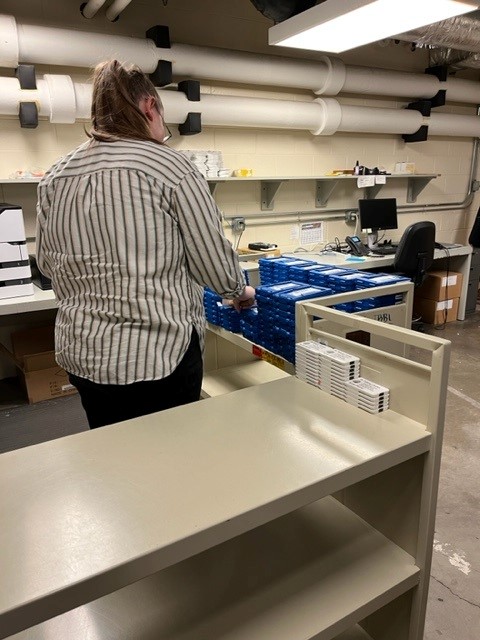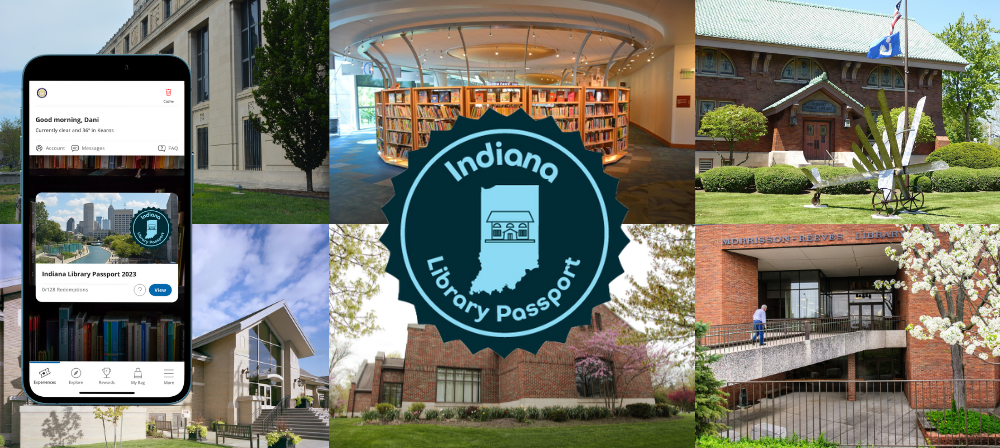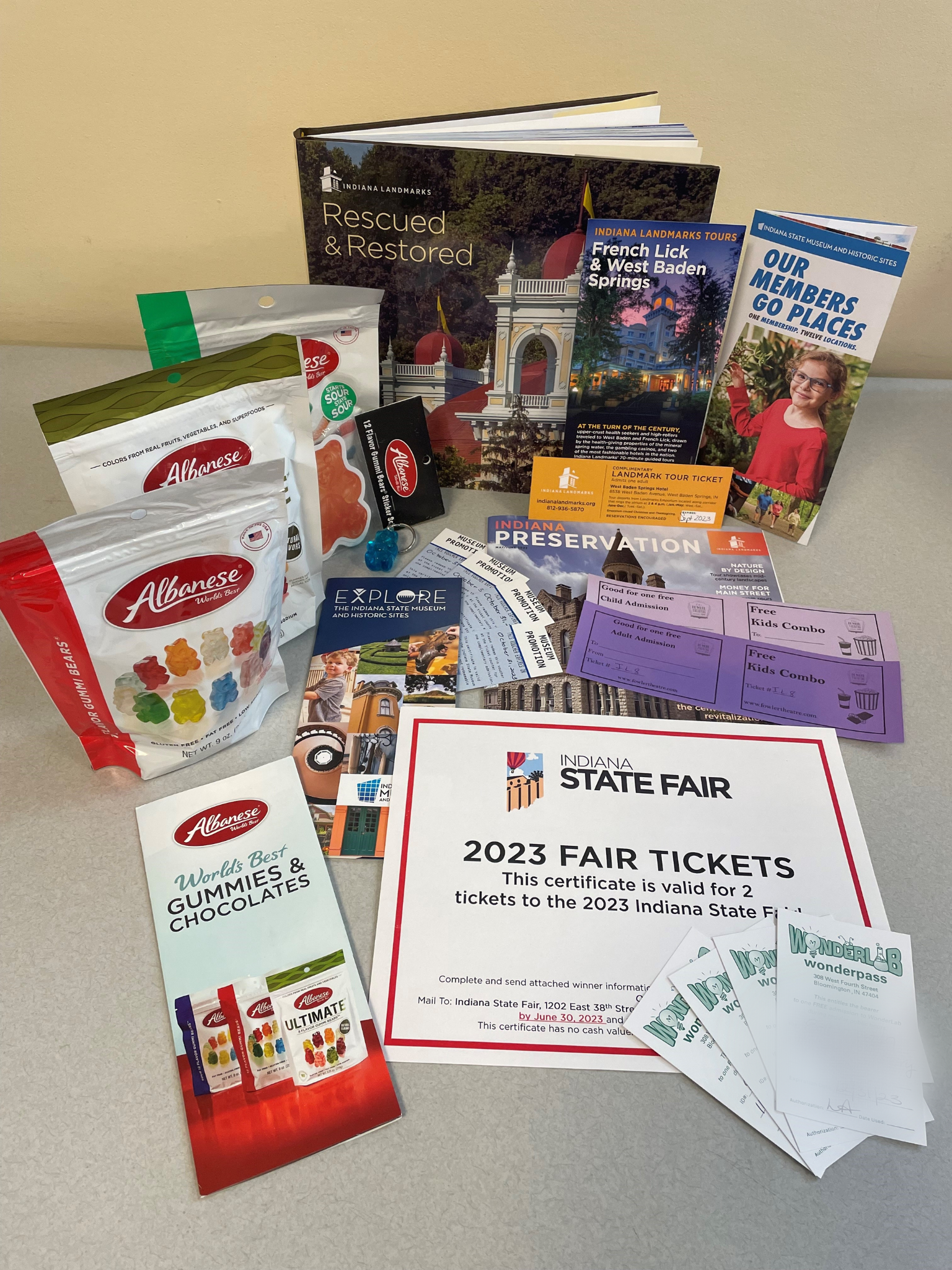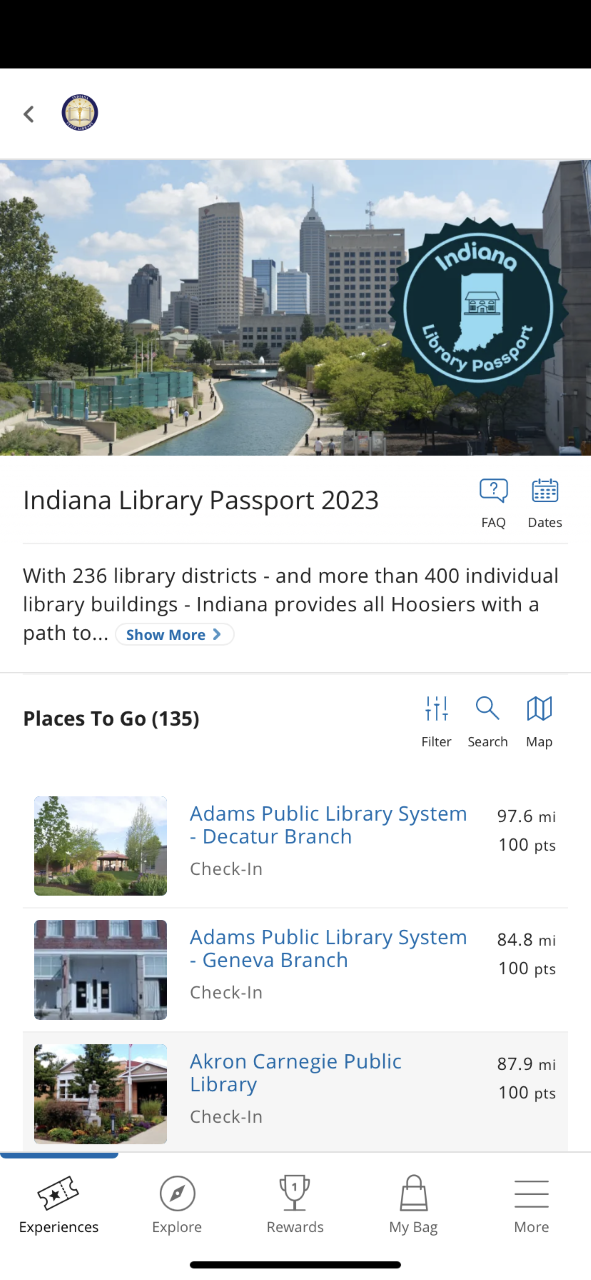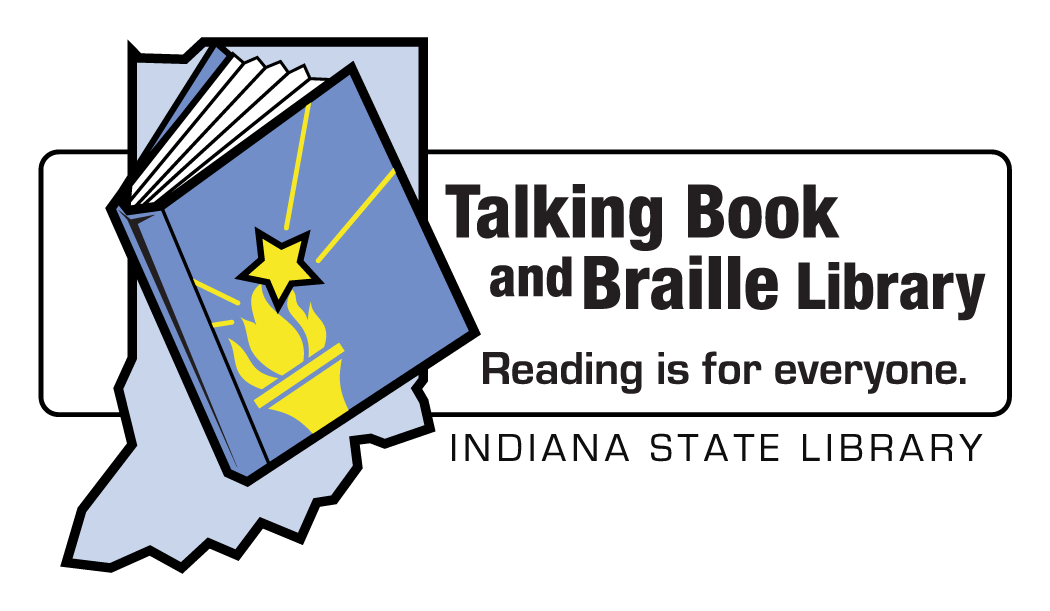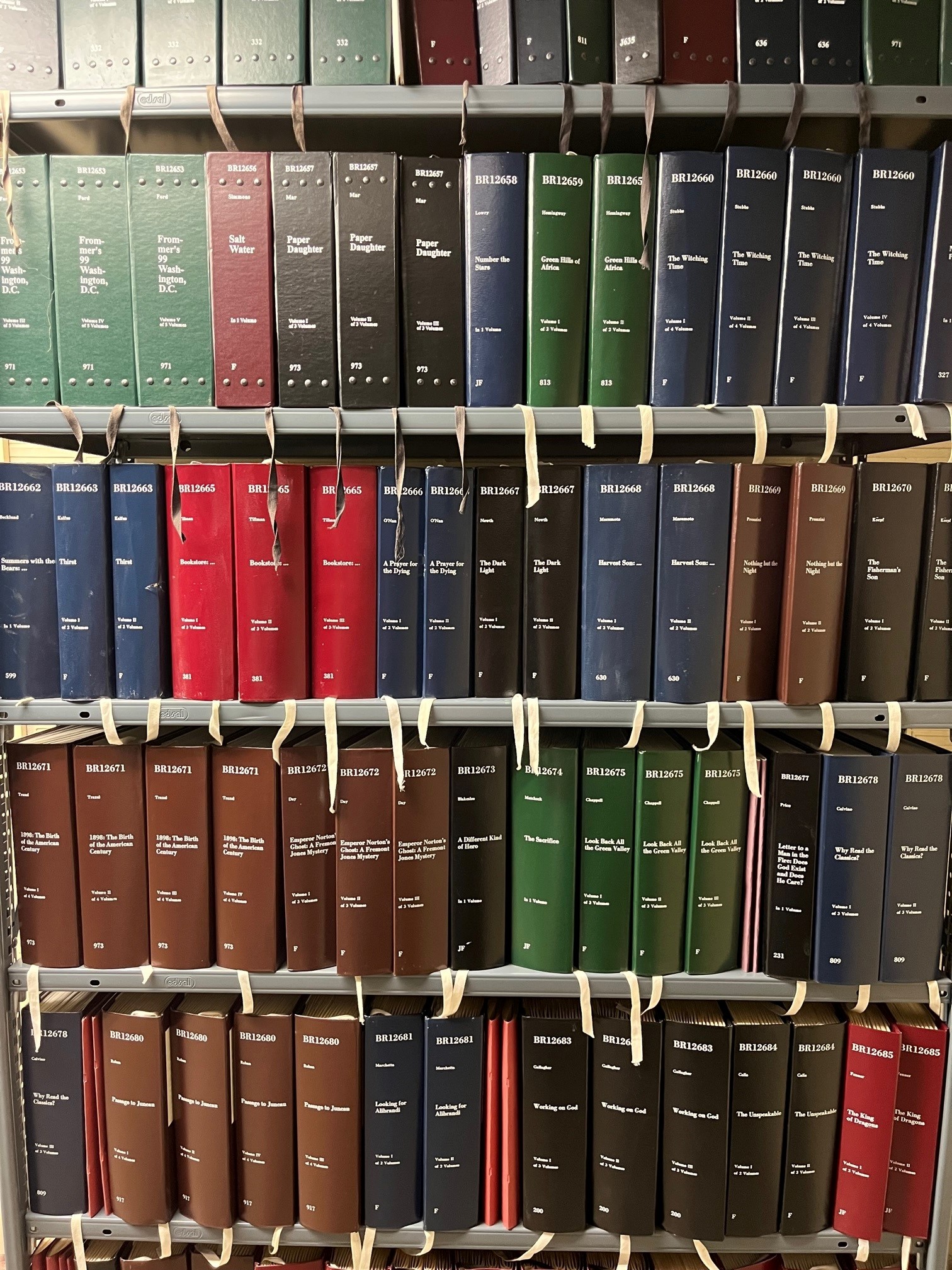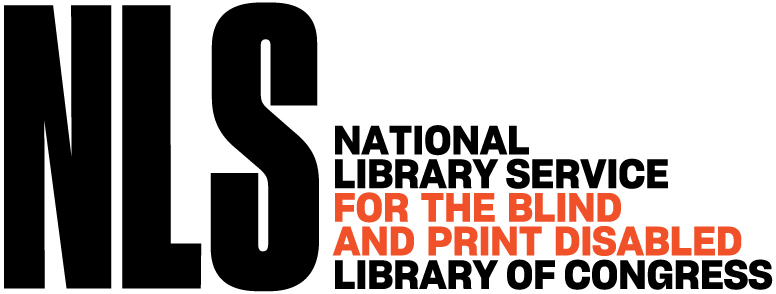The Indiana Library Leadership Academy recently held their final check-in meeting to celebrate the accomplishments of the participants in 2023. Participants shared how their projects were progressing and how many of them are a work in process. Several of the INLLA participants also shared that they have been promoted to branch managers, assistant directors and directorships in the past year.
It is always hard when INLLA ends, but friendships and having a network of library leaders across the state is invaluable and, because of that, the magic of INLLA doesn’t have to end. I would like to share some of the projects initiated by the 2023 participants.
First up is Elyssa Everling, Adult Services librarian for the Trafalgar branch of the Johnson County Public Library, who wanted to do more outreach to share with community members the many services that the Johnson County Public Library offers.
“For my INLLA project, I created a program and presentation called ‘JCPL 101: An Introduction to Your Library.’ I did this in hopes of introducing people to more of the services that JCPL offers,” Everling said. “I’ve noticed that so many people have no idea of the breadth of services, programs and events that we offer. They think we’re still just dealing in books. The PowerPoint highlighted several areas, including Project Prom, LitLoot, Authors @ JCPL, JCPL on Wheels, as well as smaller things we offer such as wireless printing and notary services.
“I first presented this at the local school during the teacher’s wellness day. I had several people interested in resources, as well as two new library users. I then took it to the local JobCorps. All the kids got library cards and will have monthly visits to our branch, as well as visits from our JCPL on Wheels. For my final presentation, I went along with another librarian to the twice monthly book discussion at the juvenile detention center. I talked to two groups of teens about all the cool things the library does and resources they can use once they are no longer there. Overall, the program was successful, and I look forward to taking it to other groups as needed.”
Next is Wynn Zetterberg, programming director at the Sheridan Public Library, who offered a description of his INLLA project in addition to a new program started recently.
“My project was to establish outreach at the Sheridan Public Library. We now have two outreach stops within the Sheridan community and each month the program continues to grow with more patrons using the services,” Zetterberg said.
“While I was establishing outreach, I was also working with our local Greek’s Pizzeria and The Farmers Bank to create what we called The Sheridan Public Library Reading Challenge. Students in our community in grades K-5 with an active library card can read for 20 minutes a day 20 times throughout the month and earn a free pizza. This program promotes literacy and creates partnerships in our community. We are hoping to expand it in the future to different age groups and into other library communities, too.”
Finally, Carmen Clark, Adult Services team leader for the Mishawaka-Penn-Harris Public Library, took her passion for readers’ advisory and created a toolkit to guide others to deliver great readers’ advisory services.
“The idea for my project sprouted from my experience and affection for readers’ advisory. I had been writing book reviews for Booklist and Library Journal since 2020 and I joined the American Library Association’s Reading List Committee in February of 2024. The focus of the project is to provide library staff with resources, training and tools in an effort to make providing readers’ advisory more approachable, thus creating a cohesive knowledge base and team atmosphere between reference and circulation staff. This project will continue to grow and develop, broadening to affect collection maintenance and access, marketing strategies and the library’s ‘What Should I Read Next’ program,” Clark said.
Stay tuned for more 2023 INLLA project updates in the future.
This blog post was submitted by Kara Cleveland, Professional Development Office supervisor at the Indiana State Library.

